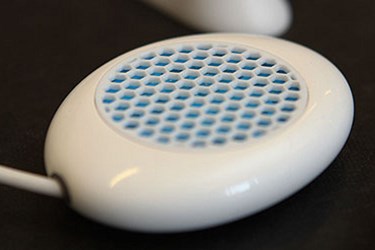Artificial Pancreas Expected To Enter Human Trials By 2016
By Joel Lindsey

University researchers have announced the development of an artificial pancreas they hope will eliminate the need for regular insulin injections for diabetics.
The wristwatch-sized device, invented by De Montfort University (Leicester, UK) professor Joan Taylor, is implanted directly into the abdomen, where it releases insulin directly into the bloodstream.
According to a press release posted to De Montford University’s website, “the implant contains a reservoir of insulin kept in place by a special gel barrier. When glucose levels in the body rise, the gel liquefies and releases the insulin into the body, mimicking the normal pancreas.”
“As the insulin lowers the glucose levels, the gel reacts by hardening again and preserving the reservoir. It would eliminate the need for diabetics to inject insulin up to four times a day.” The insulin reservoir is topped off every two weeks through a small tube that extends to the surface of the skin.
Taylor and other researchers at De Montfort hope to move the device into human trials sometime during 2016, with the ultimate hope of reaching market within a decade.
“We are extremely close to embarking on clinical trials,” Taylor said. “The device will not only remove the need to manually inject insulin, but will also ensure that perfect doses are administrated each and every time. By controlling blood glucose so effectively, we should be able to help reduce related health problems.”
The artificial pancreas is designed for all Type 1 insulin-dependent diabetics, as well as some Type 2 diabetics who need daily injections.
To date, Taylor has spent 20 years developing the artificial pancreas. The UK’s National Health Service (NHS), the Lachesis Fund, and private investors have funded the project. Taylor is currently working to secure additional funding to help move the device closer to the human trials stage.
“This device is cheap and simple to use,” Taylor said. “It has the potential to bring an end to the misery of daily injections for diabetics.”
Image credit: De Montfort University
